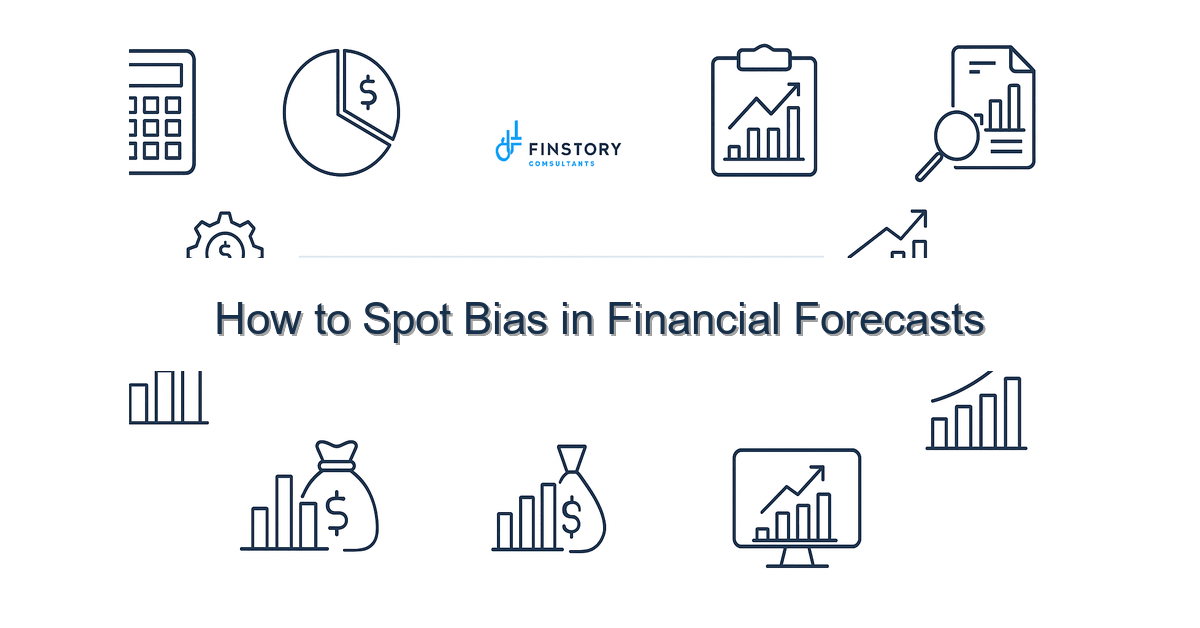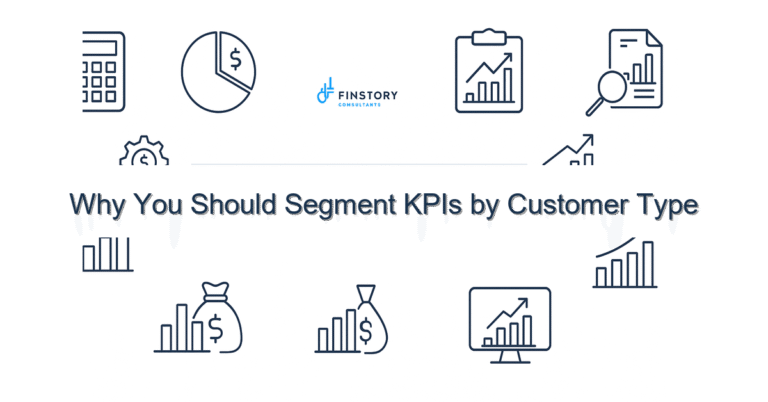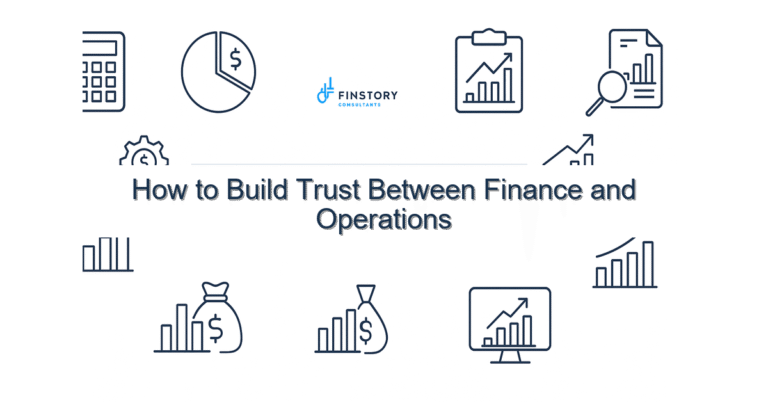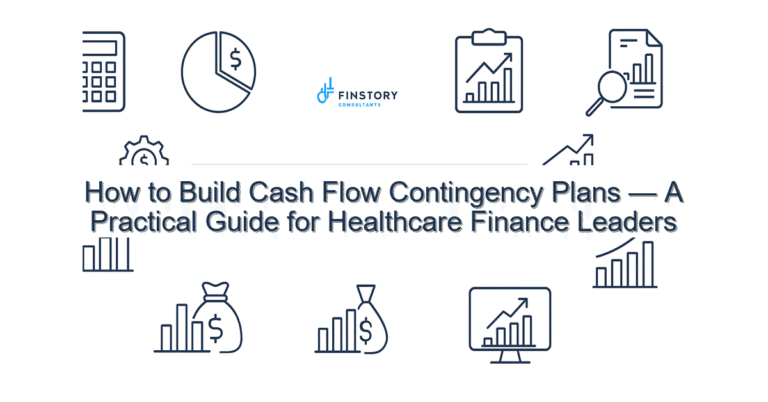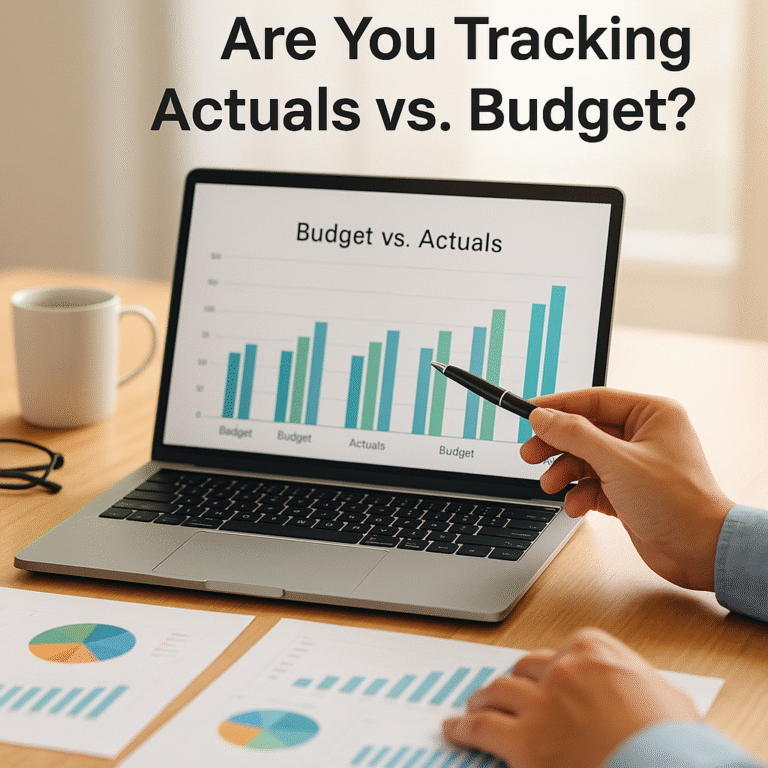How to Spot Bias in Financial Forecasts
You’ve been burned by a forecast that felt more hopeful than honest — budgets missed, staffing stretched, trust eroded. As a healthcare operations leader or CFO, that uncertainty keeps you up at night. If this is your world, you’re not alone—here’s how leaders are fixing it.
Summary: Spotting bias in financial forecasts lets you make faster, more confident decisions: reduce forecasting error, shorten planning cycles, and protect margins. This post gives a simple definition, a practical 4-step framework, a quick checklist you can use this week, and clear next steps to audit and correct bias in your FP&A process.
What’s the real problem?
Bias in financial forecasts shows up when assumptions systematically skew results away from what actually happens. In healthcare this often hides behind good intentions — optimism about volumes, undercounting cost pressure, or anchoring to last year’s targets.
- Symptom: Repeatedly missing revenue or expense targets in the same direction (e.g., every quarter is +10% optimistic).
- Symptom: Long review cycles and frequent re-forecasts because leaders distrust the numbers.
- Symptom: Drives reactive staffing or supply orders, increasing cost and harming care continuity.
- Symptom: FP&A spends more time defending models than improving them.
What leaders get wrong — spotting bias in financial forecasts
Leaders often assume a miss was a one-off or blame external shocks. Instead, bias typically comes from process and incentives: inputs that favor a hopeful outcome, inconsistent data hygiene, or inadequate modeling guardrails.
Common pitfalls:
- Relying on anecdote instead of signal: “We feel volumes will rebound” becomes a projection without testing against data.
- Single-source assumptions: Using one patient scheduler’s view for system-wide volume forecasts.
- Overfitting: Complex models tuned to past quarters that don’t generalize to new conditions.
- Loose governance: No consistent scenario baseline, so forecasts become wish lists.
Cost of waiting: Every quarter you accept biased forecasts, you compound staffing and supply inefficiency — typically a 2–5% margin impact in hospital systems.
A better approach
Use a short, repeatable framework to detect and correct bias in financial forecasts. We recommend 4 steps:
- 1) Define a neutral baseline: Establish a documented baseline forecast using historical trends and objective drivers (volumes, payer mix, length-of-stay).
- 2) Run bias checks: Compare consensus vs. baseline, measure directional error over past 6–12 periods, and flag systematic drift.
- 3) Stress and scenario test: Create conservative/likely/optimistic scenarios with clear trigger points and sensitivity ranges.
- 4) Governance & version control: Require annotated assumptions, a single source of truth, and a quick executive signoff path.
Real-world proof: A regional hospital group we worked with introduced a baseline + bias-check routine. Within two quarters they cut mean absolute forecast error by 42% and reduced monthly re-forecasting by half. Want a 15-minute walkthrough of this approach?
Quick implementation checklist
- Pull the last 8 quarters of actuals and identify direction of error for each line (revenue, labor, supplies).
- Compare the consensus forecast with a trend-based baseline — flag >3% deviations for review.
- Document the top 3 assumptions driving the forecast and who owns them.
- Run a one-line sensitivity table for volume, case mix, and payer adjustments.
- Require a one-paragraph rationale for any upside adjustments above the baseline.
- Set a published scenario library (conservative / expected / upside) with triggers for each.
- Automate data pulls into Power BI or your financial model to reduce manual input error.
- Schedule a 20-minute monthly bias review with ops, clinical leads, and finance.
What success looks like
Measure outcomes objectively. Examples of measurable improvements:
- Forecast accuracy improved (mean absolute percentage error) by 30–50% within two quarters.
- Monthly planning cycle time reduced from 10 days to 4–6 days.
- Re-forecast frequency down by 50% — fewer surprise corrections mid-quarter.
- Labor cost variance reduced by 3–6% through better staffing forecasts.
- ROI: Reduced overtime, fewer rush supply orders — typical 6–12 month payback.
Risks & how to manage them
- Risk: Resistance to standard assumptions. Mitigation: Keep a neutral baseline and require brief, signed justifications for deviations.
- Risk: Over-reliance on models without clinical input. Mitigation: Pair model outputs with operational triggers and a monthly clinical validation step.
- Risk: Data quality issues. Mitigation: Automate feeds from the EHR and billing system and add reconciliation checks before each forecast release.
Tools & data
Tools make bias visible. Finance automation, Power BI dashboards, and disciplined leadership reporting reduce human optimism and speed review cycles. Automate data ingestion from your core systems so forecasts update with every close.
Mini-case: One hospital group cut their monthly close by 38% after automating feeds and instituting bias checks. CFO comment: ‘We stopped guessing — and started acting.’
For concrete help, see our posts on forecasting bias in healthcare and our forecasting consulting services. Read how we reduced close time in a client story: Hospital close time case study.
FAQs
Q: How quickly can we see improvement?
A: Small changes (baseline, bias checks, one monthly review) can improve accuracy within one quarter. Automated data and governance yield bigger gains in 2–3 quarters.
Q: Who should own bias checks?
A: FP&A should run the diagnostic, but include operations and clinical leads for assumption validation — ownership stays with finance for consistency.
Q: Do we need new tools?
A: Not always. Start with existing data and a Power BI or spreadsheet-based baseline. Automation accelerates confidence and scalability.
Q: How do we avoid bias returning?
A: Make bias checks part of the monthly cadence, require documented assumptions, and keep a single version of truth with role-based access.
Next steps
If you want to stop reacting and start forecasting with confidence, take one small step this week: run the 8-quarter error review and build a neutral baseline. If you’d like help, download our Bias-Check Checklist or request a demo of our forecasting toolkit.
Soft CTAs: Download the checklist, book a short consult, or request a demo to see the baseline and bias checks on your data.
Ready to act now? Book a quick consult with Finstory and let’s talk through your workflow. Start seeing value in 30 days.
Work with Finstory. If you want this done right—tailored to your operations—we’ll map the process, stand up the dashboards, and train your team. Let’s talk about your goals.
Contact Finstory: Book a quick consult to review your forecasts, or request a demo of our FP&A workflow tools. We’ll show you how to detect and remove bias in financial forecasts for healthcare organizations.
📞 Ready to take the next step?
Book a 20-min call with our experts and see how we can help your team move faster.
Prefer email or phone? Write to info@finstory.net
or call +91 44-45811170.
